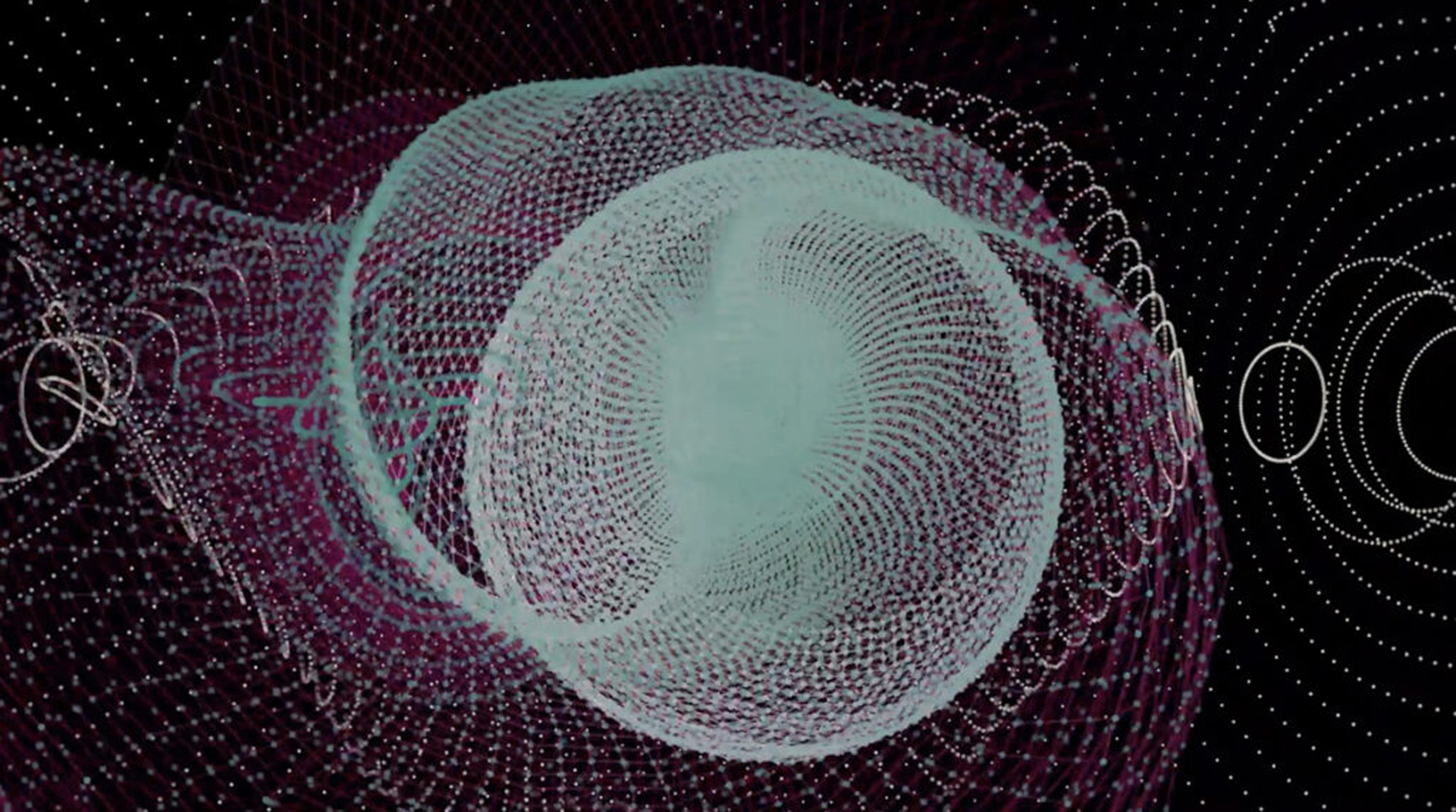“Biorhythms: Nga Manawataki o te Koiora” by Rewa Wright, Simon Howden
Title:
Artist(s) and People Involved:
Filmmaker, Video Artist, or Animator(s):
- Rewa Wright
-
- Newcastle University
- Simon Howden
Symposium:
Venue(s):
Artist Statement:
“Nga manawataki o te koiora: Biorhythms”, is a video piece that takes you on a journey into a computa-tional transduction of the forest, rivers and oceans of Aotearoa/New Zealand. Mixing the biorhythms of plants and the calls of the native Tui bird with human produced electronic music, reveals a co-creative mesh of human and nonhuman kin, an entanglement that is fundamental. For example in one thread of Rewa’s pepeha (personal genealogy), she traces lineage to the maunga (mountain) called Tokatoka, the awa (river) called Wairoa, and the moana (sea) called Kaipara. These connections are at the base of her identity and this is the same for all Māori, since our genealogy is tied to the whenua (land). Transducing this physical connection with the land into computational space is only ever partial, however hints at the ways Indigenous knowledge might be embodied as data and algorithms, nurturing a framework that advances decolonial thought and gestures toward Indigenous futures.
In Nga manawataki o te koiora, visually, an interconnected natural ecology is translated into the real-time world of audio reactive geometries and mesh topologies. The concept was to convey the feeling of these things, without literal interpretation. Traditional kete (woven baskets) inspire fluid movements which become pixel topologies. Animated motion made with noise oscillators, shift from reimagined nets used to catch eel (hiinaki), to seed pods exploding from pixel plants, such as the red pōhutukawa. The soft blue/green of kina (sea eggs) become fluffy vectors transparently overlaid on a fluid mesh of waves. Following and modifying the tradition of naturalism and curvilinear geometry that marks traditional Māori art, this piece visually encapsulates the feeling of the natural world without being a literal repre-sentation that vested in Western pictorial traditions of realism. The plant signals are essentially bio-electrical impulses, which we then assign to MIDI and apply sound design to, so that soft wooden drums with loose skins and resonant tapping highlight the microtemporality and asymmetry of plants, whose signals sound unstructured to the human ear. Plant rhythm is phenological, and traces their processes such as photosynthesis and osmosis as they follow patterns of growth. Several plant neurobiologists (such as Stefano Mancuso and Monica Gagliano) have noted the signals that plants emit are akin to intentional communication and sentience, and this is now a recognized area of scientific study.
Additional Images:
- 2024 Wright, Howden: Biorhythms: Nga Manawataki o te Koiora
- 2024 Wright, Howden: Biorhythms: Nga Manawataki o te Koiora
- 2024 Wright, Howden_Biorhythms: Nga Manawataki o te Koiora
- 2024 Wright, Howden_Biorhythms: Nga Manawataki o te Koiora













